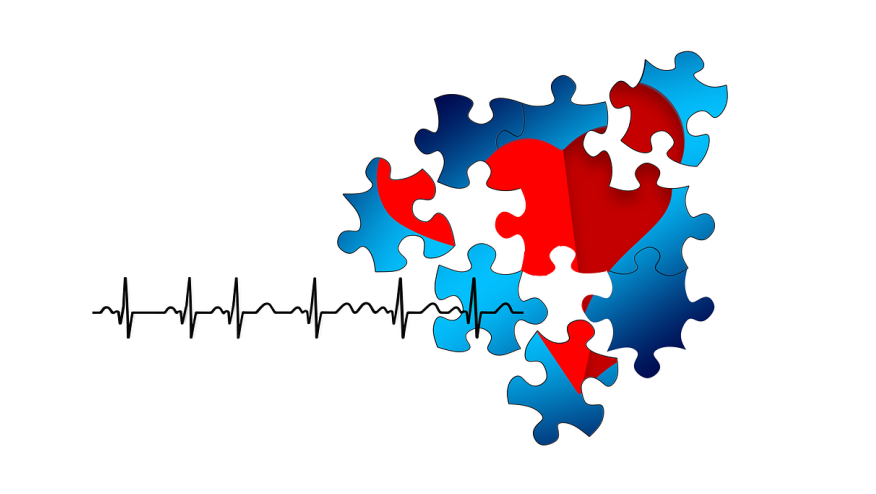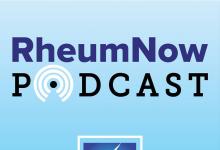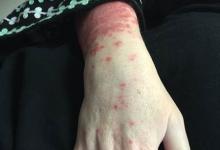What would it take for JAKs to ROCK the boat? Save

JAK inhibitors have taken a beating over the last three years. The excitement and potential has been tempered by mounting cardiovascular safety concerns, but specifically in at-risk patients, compared to TNF inhibitors. Once the suggestion is made, though, the concern is powerful. I am sure I am not the only one who has had to have difficult conversations navigating nuance in explaining situations where I think the risk is more than manageable. The fear of cardiovascular events can be hard to shake.
So it is an intriguing idea to pair JAK inhibitors with something that might have a cardioprotective effect.
Molecules that inhibit any tyrosine kinases can potentially be designed to inhibit other pathways, and Rho-associated protein kinase (ROCK) represents an interesting target. The ROCK pathway has been implication in cardiovascular events, in poor vascular remodelling and endothelial dysfunction, as well as HDL dysfunction. Animal models have suggested that inhibiting it can turn some of this around: improve endothelial function, lipid profiles, high blood pressure, vascular remodelling, and possibly even other fibrosis too, as well as inhibiting type 1 interferon. Could a molecule that inhibits both JAK and ROCK deliver both efficacy and safety?
It is therefore worth excitement that we have a therapeutic option to follow which does just that. At EULAR 2025, we have seen phase 2 results for CPL’116 (OP0193), and a simultaneous publication in The Lancet Rheumatology. It demonstrated a dose-dependent response in rheumatoid arthritis, but the potential advantages might come about from safety.
Can we judge this from a 12 week study with small groups?
The primary claim at this point comes about from improvements in lipid profile, where other JAK inhibitors had seen dyslipidemia. In other JAK inhibitors, it had been thse changes which in fact triggered the FDA to mandate the ORAL Surveillance study (and the baricitinib post-marketing requirement study) in the first place. Yet in this phase 2 study, HDL increased and LDL and triglycerides decreased.
How convincing can a surrogate measure be?
Lipid profiles are a plausibly important measure, partially but incompletely linked to the concern arising from the signal in ORAL Surveillance. It does not represent the true safety endpoint - but what kind of study will have to be done to show up that signal? Presumably this would be something that comes after phase 3, and even then would require a large and expensive head-to-head randomized controlled trial. Will we see that, how long will it take, and presuming that efficacy holds up and no other issues arise, what kind of marketing will we see based on potential versus reality? It would not be the first therapy where marketing has focused on what might potentially be rather than what has been proven, but dual JAK/ROCK inhibitors’ primary claim would be what would stake its entry into a crowded market, and one which will have generic JAK inhibitors at that time.
It also does not, of course, mitigate all the risk raised from JAK inhibitors from ORAL Surveillance. Cancer remains an issue with ROCK may not address, and an issue where no convenient candidate surrogates exist. Would JAK inhibitors be more widely accepted now if there was a small possible cancer signal but no cardiovascular signal? And what do we make of infection risk, which is evident over TNF inhibitors in high-risk patients with continued use?
Nevertheless, we have to aspire for better, and while it is easy to be dismissive of the reality of how much impact ROCK might have, we can only hope that this is a significant moment, and that it will shake up the world of JAK inhibitors.










If you are a health practitioner, you may Login/Register to comment.
Due to the nature of these comment forums, only health practitioners are allowed to comment at this time.